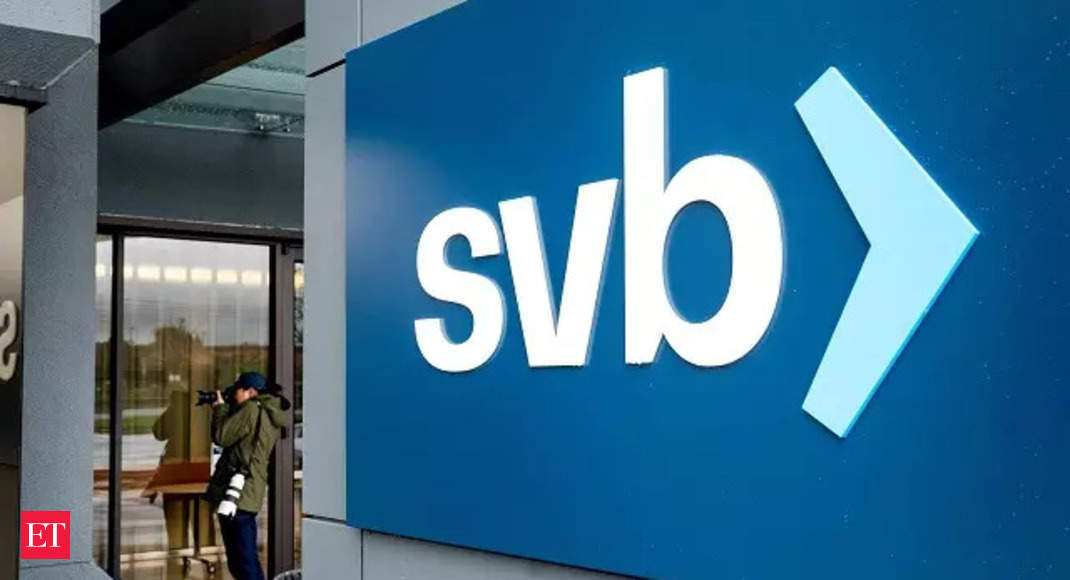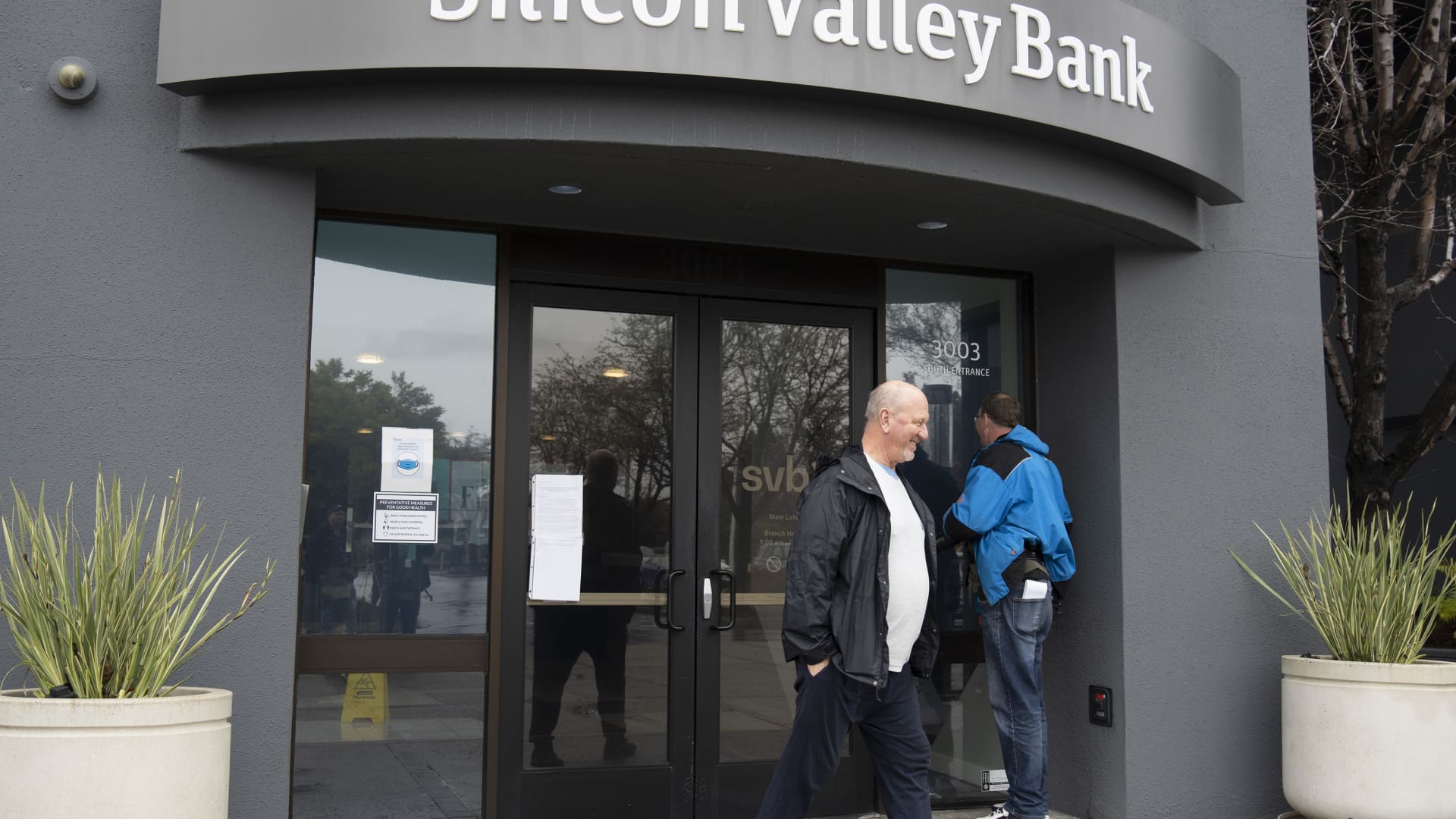beijingwalker
ELITE MEMBER

- Joined
- Nov 4, 2011
- Messages
- 65,191
- Reaction score
- -55
- Country
- Location
US Silicon Valley Bank collapse is impacting many Indian startups
Manish Singh@refsrc / 5:21 PM GMT+8•March 11, 2023
Over 60 YC-backed Indian startups have more than $250,000 stuck in accounts with Silicon Valley Bank and nearly two dozen have more than $1 million tied with the lender, according to a survey by and among the startups seen by TechCrunch, illustrating how the worst bank failure since the 2008 financial crisis is also impacting firms 8,000 miles away.
Dozens of young Indian startups backed by the likes of YC, Accel, Sequoia India, Lightspeed, SoftBank and Bessemer Venture Partners banked with Silicon Valley Bank, sometimes as their only banking partner, and couldn’t take out the money on time on Thursday, multiple people familiar with the situation said.
VCs are cautious about divulging the names of the impacted startups out of fear that it might impede the young firms’ prospects of raising capital in the future. Regulators stepped in Friday to shut down Silicon Valley Bank, the 16th largest in the U.S. and lifeblood for startups, citing “inadequate liquidity and insolvency.” The Federal Deposit Insurance Corporation will work to recover “the maximum amount possible from the disposition of assets,” it says on its website.
Some Indian firms couldn’t timely yank their deposits from Silicon Valley Bank because they didn’t have another US banking account readily available to hold that capital, many venture capitalists recounted.
Many Indian startups are incorporated in Delaware to make it easier for them to raise capital from U.S. venture firms such as Y Combinator. Some SaaS firms are registered in the U.S. because even as they operate from India, they want to serve the international markets and want to be seen as a US-firm.
Moreover, many firms that “flipped” their home base to the U.S. from India, Silicon Valley Bank was the preferred choice, another person familiar with the matter said, pointing to the fact that many events in India were sponsored by SVB as the lender’s executives pushed to increase ties with Indian firms.
Nearly all Indian SaaS startups with large presence in the U.S. banked with Silicon Valley Bank, a partner at one of the top venture funds said. Over a dozen Indian SaaS unicorns and many more “soonicorns” are headquartered in the U.S.
Many of these young firms did not diversify their funds into multiple banks because in the early days of a firm, operators tend to avoid increasing admin costs. A U.S.-based investor, who requested anonymity speaking candidly, said he knew for a fact that many Indian firms had about $4-10 million parked in their SVB accounts.
Indian SaaS startups and otherwise those backed by YC who set up their companies in the U.S. and raised their maiden round there often had SVB as their default bank, Ashish Dave, India head of Mirae Asset, tweeted. “Uncertainty is killing them. Growth ones are relatively safer as they diversified.”
Garry Tan, the president of Y Combinator, said more than a 1,000 YC-backed startups are impacted by the collapse of Silicon Valley Bank. “30% of YC companies exposed through SVB can’t make payroll in the next 30 days,” he tweeted.

Silicon Valley Bank collapse is impacting many Indian startups | TechCrunch
The sudden collapse of Silicon Valley Bank, which served as lifeblood for startups, is also impacting firms 8,000 miles away.






